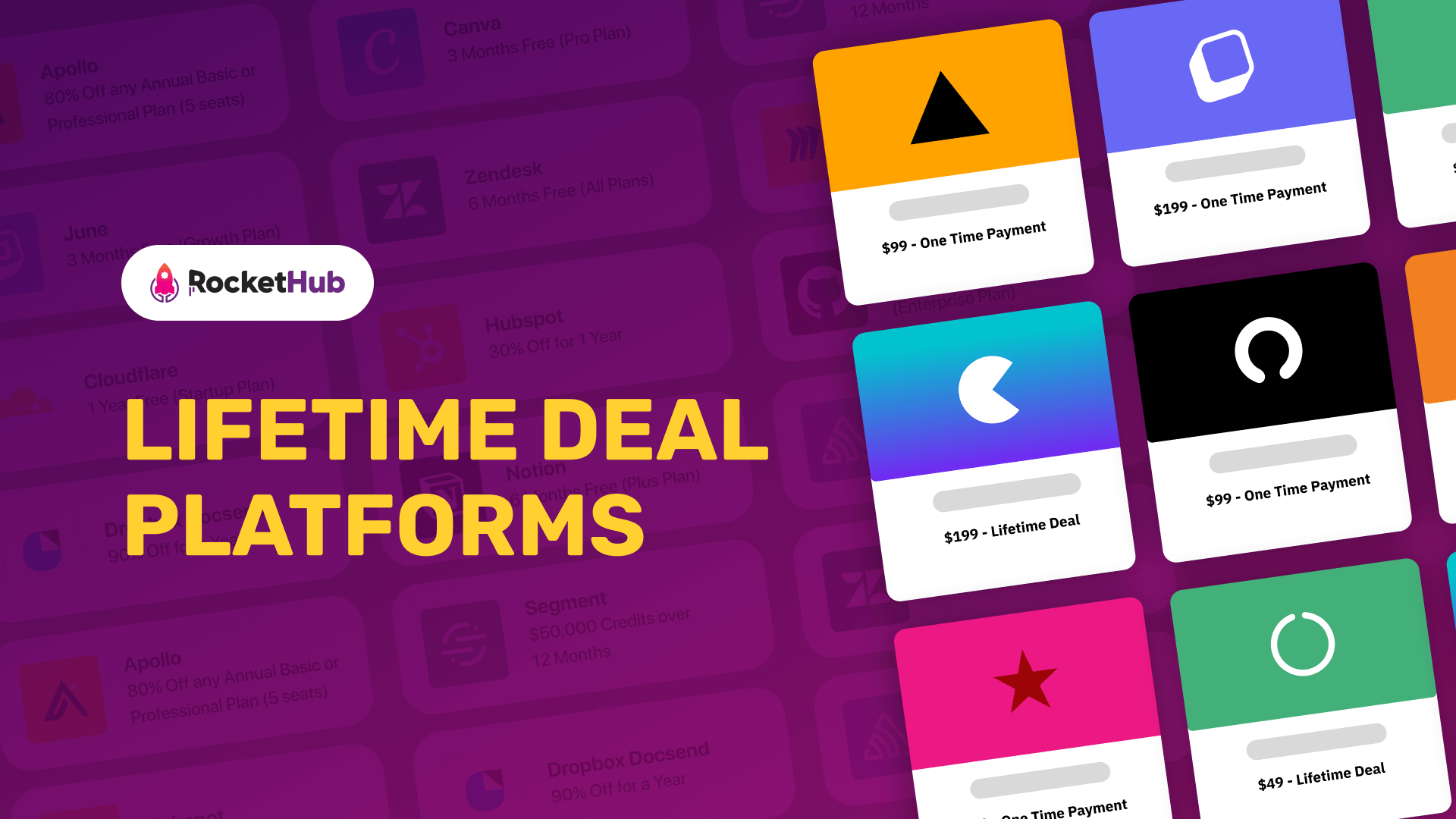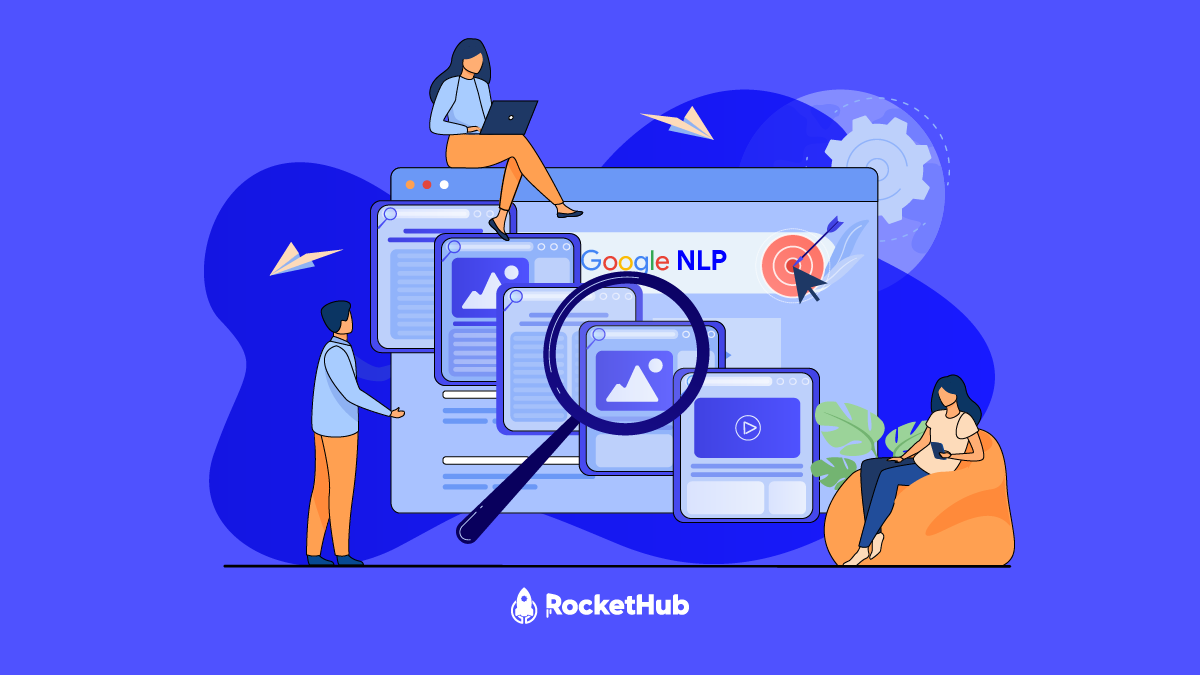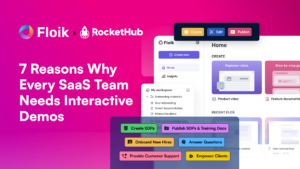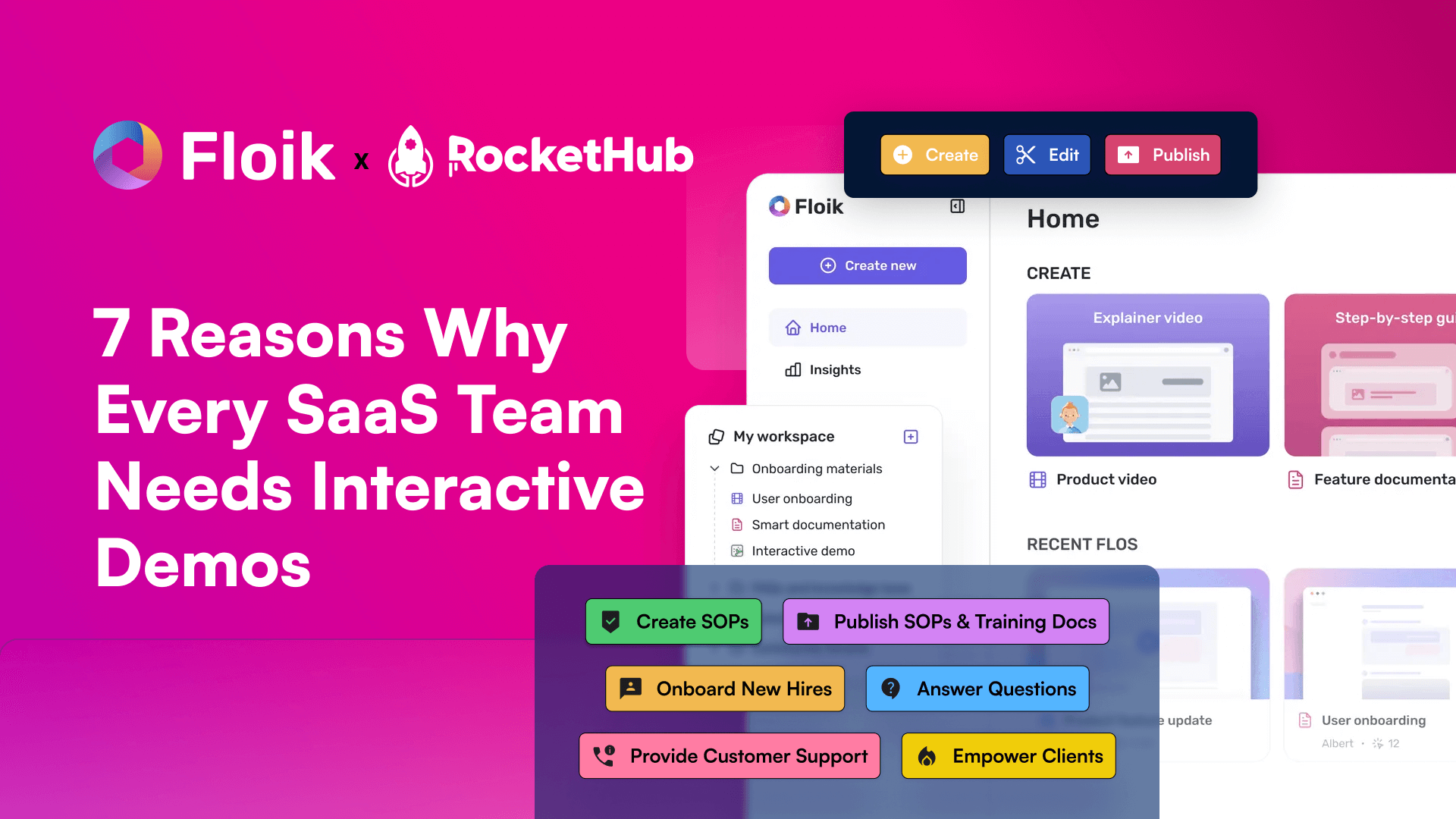
The Impact of NLP on SEO – What is it and the Best Practices to Follow in 2023
- Angel Alfred
- January 19, 2023

Understanding the impact of Natural Language Processing (NLP) on SEO is becoming increasingly important for businesses hoping to increase their visibility in search engine results. When it comes to SEO, NLP can help marketers better understand the intent of a search query and develop content that is tailored to it, improving the website’s visibility in search results. That’s why in this blog post, we will explore what NLP is and the impact it has on SEO.
What is NLP?

Natural Language Processing (NLP) is a branch of Artificial Intelligence (AI) that deals with the interaction between computers and human languages, in text or speech format. It’s a complex field that involves using computational methods to analyze, understand, and generate human language. It has a wide range of applications, such as speech recognition, machine translation, sentiment analysis, and text summarization, among others.
NLP technologies enable computers to understand and process human language in a way that is similar to how humans do it. By understanding the structure, meaning, and context of human language, NLP technologies can be used to automate tasks that involve languages, such as text summarization, sentiment analysis, and machine translation.
NLP technologies are built on a combination of machine learning algorithms, linguistics, and computer science. It has been used to improve many different areas like chatbots, virtual assistants, voice recognition, and even language translation.
In SEO, NLP is used to understand the intent behind a user’s query, and to match that intent with the most relevant content. By using NLP techniques to optimize your content, you can increase the chances of your website appearing high on the search results and driving more traffic to your website.
The Impact of NLP on SEO
Now let’s go ahead and look at some of the ways businesses can use NLP to improve their SEO efforts. By the end of this blog post, you should have a better understanding of what NLP is and how it can help your business reach its SEO goals.
Understanding Google’s NLP
Discussion of the different NLP techniques used by Google, such as entity recognition, sentiment analysis, and natural language processing.
Google uses a variety of Natural Language Processing (NLP) techniques to understand and process human language in its search algorithms. Here are a few examples of NLP techniques that Google uses:
Entity recognition
Identifying and extracting specific information from text, such as people, organizations, and locations. Google uses entity recognition to understand the context and intent of a user’s query and to match it with the most relevant content.
Sentiment analysis
Identifying the emotional tone or opinion expressed in a piece of text, such as positive, negative, or neutral. Google uses sentiment analysis to understand the user’s intent and to provide relevant search results based on that intent.
Natural Language Processing (NLP)
This is a broad field of Artificial Intelligence (AI) that deals with the interaction between computers and human languages, in text or speech format. It involves using computational methods to analyze, understand, and generate human language, this is used by Google to understand the meaning behind a user’s query and to match that meaning with the most relevant content.
Named Entity Recognition (NER)
Identifying and classifying named entities in text into predefined categories such as person names, organizations, locations, medical codes, time expressions, quantities, monetary values, percentages, etc.
Text Classification
This technique is used to classify text into predefined categories based on the content and context.
Text summarization
Summarizing a large piece of text into a shorter version, preserving the most important information. Google uses text summarization to provide a quick summary of a webpage’s content in the search results.
Query understanding
Identifying the intent behind a user’s query, and understanding the context of the query.
Optimizing Your Content for NLP
Creating content that is both informative and engaging, while also being optimized for Natural Language Processing (NLP), can be a challenging task. However, by following a few key strategies, you can increase the chances of your content being found by search engines and resonating with your audience.
First, focus on using natural language in your content. Avoid using jargon or technical terms that may be difficult for your audience to understand. Instead, use a conversational tone and write as if you were talking to your readers directly.
Second, structure your content clearly and logically. Use headings, subheadings, and bullet points to break up your text and make it easier to read. This will make it easier for NLP algorithms to understand the structure and organization of your content.
Third, include relevant entities and keywords in your content. For example, if your content is about a specific product or service, make sure to include the name of that product or service in your text. This will help NLP algorithms understand the context and intent of your content and match it with relevant search queries.
Fourth, try to create engaging content. Use storytelling, anecdotes, examples, and other techniques to capture your audience’s attention. Engaging content will help to keep readers interested and engaged, while also encouraging them to share your content with others.
Finally, make sure to proofread your content and correct any grammatical or spelling errors.
Measuring the Success of Your NLP Optimization
Measuring the success of your Natural Language Processing (NLP) optimization is an important step in understanding the impact of your efforts. Here are a few ways you can measure the success of your NLP optimization:
Track Your Search Engine Rankings
One of the most effective ways to measure the success of your NLP optimization is to track your search engine rankings. By monitoring your website’s position in search engine results pages (SERPs) for relevant keywords, you can see how your NLP efforts are impacting your visibility in search.
Analyze Your Website’s Traffic
Another way to measure the success of your NLP optimization is to analyze your website’s traffic. By looking at metrics such as page views, bounce rate, and time on site, you can get an idea of how well your NLP-optimized content is resonating with your audience.
Monitor Your Click-through rate (CTR)
CTR is the ratio of users who click on a specific link to the number of total users who view a page, search result, or advertisement. A high CTR is an indication of a well-optimized page, which can be driven by good NLP optimization.
Monitor Your Conversion Rate
Track the number of visitors that completed a desired action on your site such as signing up, making a purchase, or filling out a form. This will give you an idea of how well your NLP-optimized content is driving conversions.
Monitor Your Organic Search
Keep an eye on your organic search numbers, which is the number of visitors that came to your website through a search engine. This will give you an idea of how well your NLP optimization is impacting your visibility in search.
By monitoring these metrics, you can get a sense of how well your NLP optimization is impacting your website’s performance.
How to Experiment with NLP Optimization in Your SEO Strategies
Experimenting with Natural Language Processing (NLP) optimization in your SEO strategies can help to improve your website’s visibility in search and drive more traffic to your site. Here are a few steps you can take to start experimenting with NLP optimization in your SEO strategies:
- Research your target audience: Understand the language, terminology, and intent of your target audience by researching the keywords and phrases they are using to find your products and services.
- Optimize your content: Incorporate the language and terms used by your target audience in your content, making sure it is informative, useful, and engaging.
- Use structured data: Use structured data to help search engines understand the context of your content and its relationships to other entities.
- Monitor your results: Use analytics tools to monitor your website’s performance and track your search engine rankings for relevant keywords.
- Analyze your competitors: Study your competitors’ NLP optimization strategies and identify areas where you can improve your efforts.
- Experiment with new techniques: Keep an eye on the latest NLP techniques and try experimenting with them on your website.
- Optimize for voice search: as more people are using voice assistants to search for products and services, optimize your content for voice search by including long-tail keywords and natural language phrases in your content.
By following these steps, you can start experimenting with NLP optimization in your own SEO strategies and see how it impacts your website’s visibility in search and the overall user experience.
Conclusion
NLP has already made a huge impact on SEO, allowing for a more sophisticated understanding of search queries, and allowing for more personalized results. As the technology continues to evolve, it stands to revolutionize how SEO is done and how search engines are able to better understand user intent. It will be interesting to see how NLP continues to affect the SEO industry in the coming years.
Read more blogs by RocketHub to have a deeper understanding of the vast world of SEO.
Share This Post
Angel Alfred
Angel is a digital marketer, a mental health speaker, and above all, a writer. She loves being a part of the RocketHub team and is keen on learning and taking over new challenges every day!
Table of Contents
Get The Latest Updates
Subscribe To Our Weekly Newsletter
Sign up below to be one of the first crew members onboard and get early access to amazing deals.
Recent Posts


Social Media
Categories
Related Posts

Lifetime Deal Platforms
The best lifetime deal platforms for software. Platforms lik RocketHub scour the web for the highest quality products to bring buyers the best lifetime deals on their platform.

How to Work for Yourself + 13 Solo Business Ideas
Do you ever wonder if being your own boss could truly set you free? In this article, we’ll explore the theory that unleashing entrepreneurial freedom

7 Reasons Why Every SaaS Team Needs Interactive Demos
Making a Case for Interactive Demos: 7 Reasons Why Every SaaS Team Needs Them Let me paint a scenario for you. You want to buy


